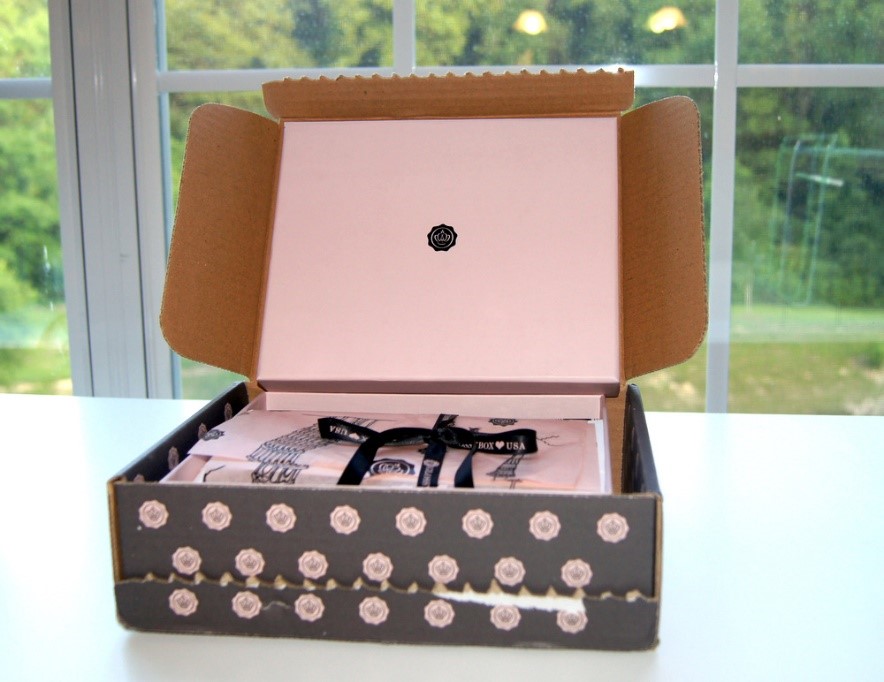 The Importance of Branding in eCommerce
The Importance of Branding in eCommerce
By Logicbroker | February 5, 2015
A common theme that is repeated throughout our blogs is the need to maintain a competitive edge in the rapidly expanding eCommerce ecosystem. A key component to being competitive is building a brand. Have you ever asked a question only to receive the answer “Google it?” What is the first thing you ask for when you get a dreaded paper cut–a Band-Aid? These brands have become so successful, they have replaced the name of the product they represent (search engine and bandage, respectively). Although brand loyalty has been on the decline due to price sensitivity, a brand strategy is necessary to shape the way customers see your company and products. In addition, a successful brand strategy allows you to avoid competing on price.
So You Want to Build a Brand Strategy
In a post-recession economy, price prevails in sales. There is a definite trend that the lower priced product will sell over the higher priced one. By taking the time to craft a brand strategy, you are selling more than a product, you’re selling a lifestyle. To build your brand strategy, you need to position your company by determining your “winning-difference.” What is your mission? What problems do your products set out to solve? What will your tone be?
Write down your answers to these questions. This is how you will create your brand. Promote this through your ‘About Us’ page, mission statement, and your customer reviews. Maintain consistent tones and styles throughout your website, social media channels, and coloring. Be sure to have a standout logo that will resonate with clients and prospects too. With this foundation set, we can focus more on how specifically to stand apart from your competition.
Selling Proposition Composition
As touched upon in our introduction (and numerous blogs), the competition is stiff in the eCommerce ecosystem. Having a distinctive selling proposition is a key component to distancing yourself from your competition. So what makes your store or product different? Do you make artisan products? Is your store focused on charity or giving back? Do you target a niche audience and play into a specific lifestyle?

Another company that has a strong brand is The North Face, a company that delivers quality gear and equipment for outdoor activities of all kinds. I recently placed an order with The North Face and when my order was delivered, inside the package was an envelope inviting me to participate in any of their upcoming events, one of which is the Endurance Challenge, a weekend full of relays, marathons, and challenges. The North Face caters to a niche audience of outdoor enthusiasts and encourages them to come together at their event.
While both of these are large companies, their ability to think outside the box can be achieved by anyone. Support a local charity. Tell your story on your website. Get into the mind of your ideal client—if you sell artisan goods, look for related events or craft shows that you can exhibit at to increase exposure.
Applying Your Brand
When you have hammered out the fundamentals of your brand, you can begin applying it. Consider your packaging, email templates and signatures, your website, etc. You want your clients and prospects to be immersed in your brand, and 
The company Glossybox does a wonderful job of carrying their brand throughout the entire order life cycle. With their customized tracking information page, branded outer packaging, and a chic inner box with a card detailing what is inside and how to use the products. As a luxury subscription beauty box provider, Glossybox truly lives up to its name.
Take a page out of the Glossy Box book and personalize your packaging. It adds a “wow factor” and will stand apart from many other eCommerce stores. Be sure your automated email reflect your tone, use your company colors, and include your logo to maintain consistency. Also consider including something personal to your clients whether it be a thank you note, a coupon for a percentage off their reorder/next order,
Utilizing Unofficial brand ambassadors
A vast majority of eCommerce retailers probably do not have the budget to hire A-list celebrities as brand ambassadors. Have no fear, this is where your valued clients come in. Implement a customer testimonial page and share your clients’ rave reviews with other clients and prospects. By highlighting real customers who have embraced your brand and company values, others are more likely to buy into it. Be sure to encourage customer feedback by sending a follow up email after their order was delivered with a link to your comments page.
Now you’re ready to build your brand. Remember to be consistent and position your brand from start to finish in the order life cycle.
Modern dropship & marketplace solutions have never been so easy.
Are you ready to drive growth and gain unparalleled speed to market with a modern, scalable dropship or marketplace program? Fill out the form below to get in touch with our team: